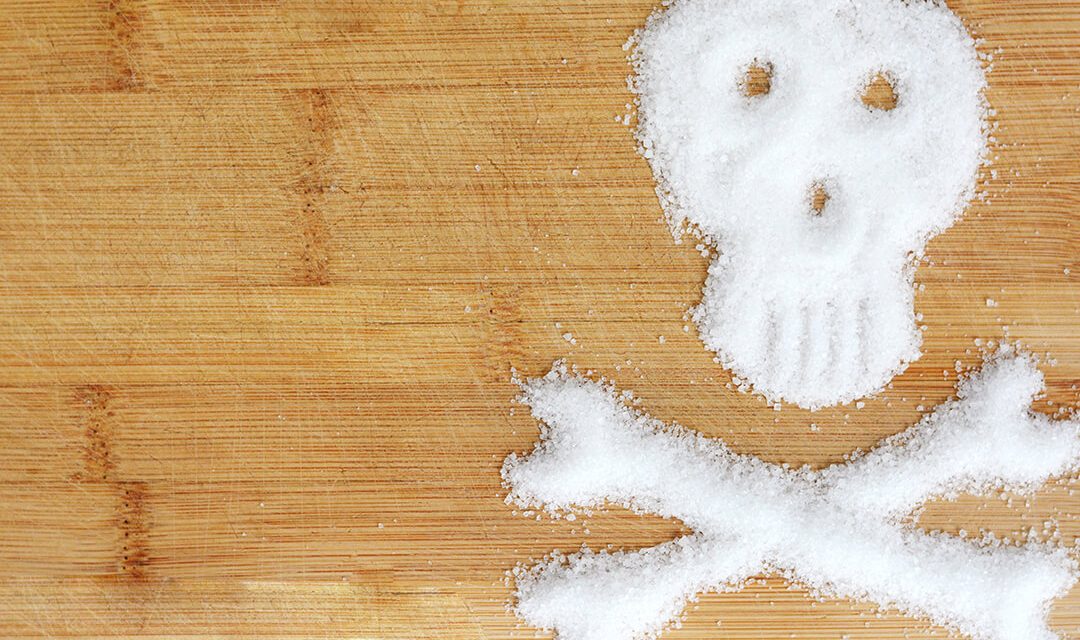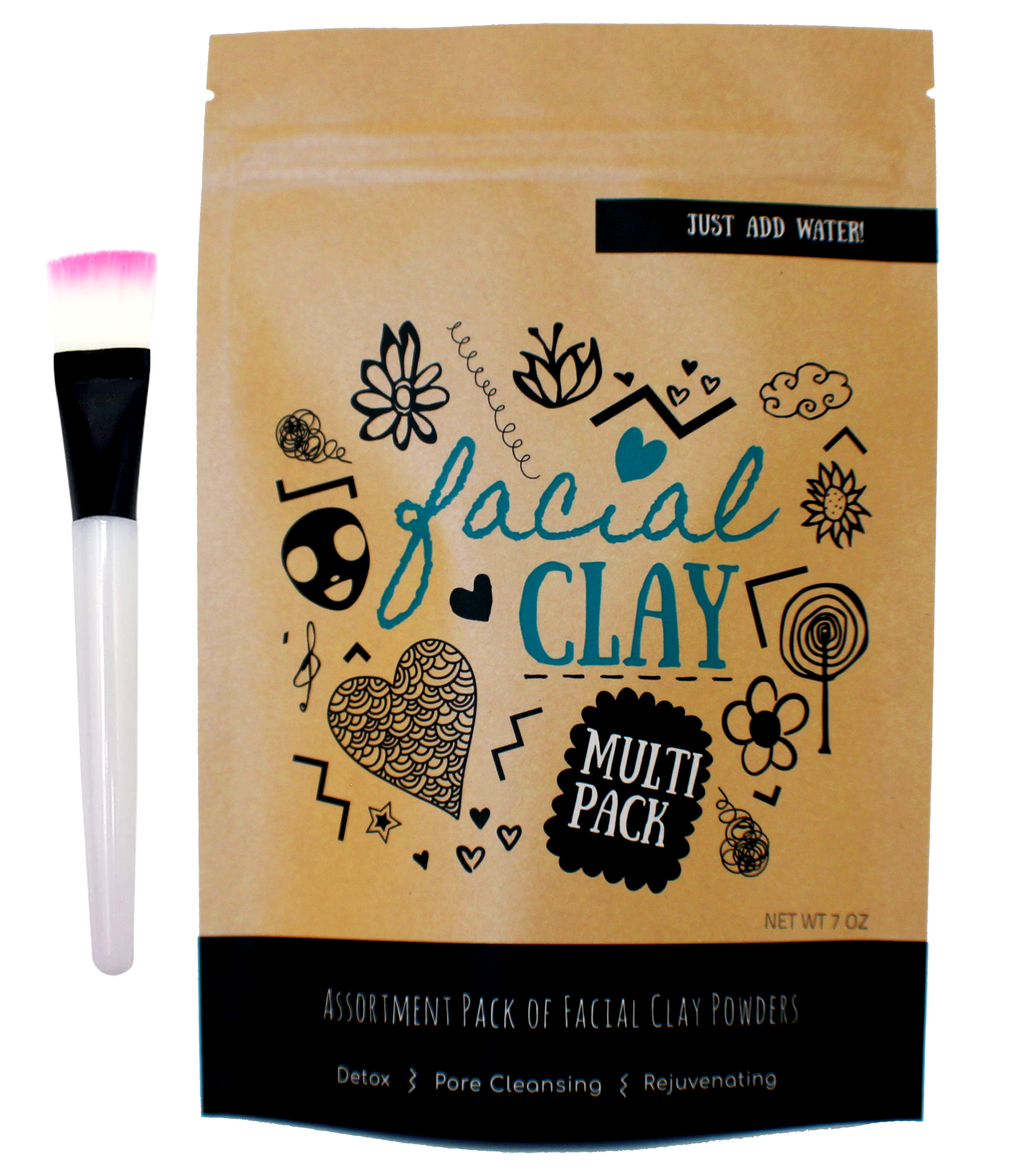In my house, sugar is looked at a bit differently than in most households. My children didn’t grow up on cane sugar, and I’m glad. They don’t have the sugary addictions that most people grow up with.
A lot of these people don’t even realize they’re addicted until they get diabetes, cancer or another illness that requires them to cut back on sugar and find it nearly impossible to do.
Because of all the bad hype table sugar has been getting, a lot of people are looking for healthier alternatives. This is a step in the right direction, but some fail to do their research and pick up the first brand of sugar that is advertised as healthy.
There are five of them that I’ll discuss here, but surely there are others (i.e. Stevia, palm sugar, etc). So let’s take a look at these supposedly healthy sugars and what their true natures really are.
Keep your hands out of the honey pot
I had to attack this one first because it’s the first thing people choose when they are looking to sweeten their healthy snacks and drinks. Sure, it contains some nutrients and even antioxidants, but 80% of its weight is sugar. Scientific studies have been conducted that reveal honey being only slightly less harmful than white sugar, when it comes to how it’s metabolized.
So it’s less unhealthy, but isn’t exactly good, especially if you’re on the verge of diabetes. I personally don’t eat honey because I’m vegan, and if I wasn’t, I still wouldn’t because the bees that make it are hybridized. The only good honey is the one made by pure black honey bees, which I have yet to find. If I ever find it, I just may have to give it a try.
Don’t switch out the white for the brown
Brown sugar is another go-to healthier sugar option when folks are trying to get away from table sugar. Brown sugar is nothing but bronzed white sugar.
The color changes during the processing phase. Molasses forms as a by-product when sugar is being processed and refined. Sometimes, small amounts of this molasses is added back to the white sugar, giving it the brown color. Molasses is 50% sugar, making it a diluted version of table sugar. Less unhealthy, but this doesn’t take away from its negative health effects.
Don’t get tricked by evaporated cane juice
Surely, if you’ve shopped in the health food aisles, you’ve seen juices and foods with evaporated cane juice as an ingredient. And because it’s in “healthy” foods, it’s believed that it must be healthy.
But don’t be fooled, this is nothing more than a fancier name for table sugar. When you consume it, your intestines and liver don’t recognize the difference between it and typical sugar and will metabolize it the same way, causing you all sorts of health problems.
Raw organic cane sugar doesn’t mean healthy
When you cross over into the healthy realm, you’ll become familiar with terms like raw and organic as being good. This is why so many people are fooled by raw organic cane sugar.
Sure, it’s not being processed the same way and it’s grown organically, but sugar is still sugar. When you eat it, your body will still metabolize the same way, breaking it down into fructose and glucose, and causing the same metabolic effects. The two are one and the same.
Agave nectar is still tricking people
This one came as a surprise to me when I first heard a few years ago. I too was on the agave nectar bandwagon when I first started eating healthier. I liked to add it to my cereals and teas, but low and behold, it is just as bad as table sugar, if not worse. When you look at its glycemic index, you’ll see that it spikes your blood sugar levels rapidly.
Like table sugar, agave is very high in fructose, which is why both are considered unhealthy. It doesn’t raise your blood sugar levels or insulin right away, but over time, when consumed in high amounts, it can potentially cause insulin resistance. To give you perspective, white sugar is 50% fructose, while agave nectar is between 70-90% fructose.
The reason that agave is more dangerous than white sugar is because of the processing that it undergoes. So if you want the true health benefits of this sweetener, you need to find raw agave nectar.
Today, the only sugars that I currently trust are organic coconut sugar (not to be confused with palm sugar), 100% pure maple syrup and date syrup. These are sweet, non-hybridized and vegan choices that my entire family enjoys. We all have a sweet tooth and we’re definitely satisfied using these healthier options.
So what are you currently using as a sweetener and is it actually healthy or just perceived to be?
5 Healthy Sugars That Are Actually Killing You
Summary
Here is a list of healthy sugars that might be doing you more harm than good and healthier alternatives.



Lol
Omg! It’s always something! Right now sugar is the least of my worries …
I’ve never had much of sweet tooth I guess, I don’t find myself ‘craving’ sweets, and don’t add sugar to things (at the table). I suppose I use sugar when a recipe calls for it, mostly brown sugar, because that’s what I was raised on. I did start using Stevia a while back, but somewhere that fizzled out.